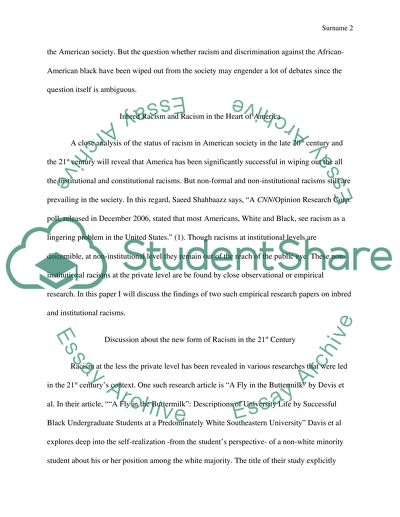Cite this document
(“African american racial status in the 21st century Essay”, n.d.)
Retrieved from https://studentshare.org/history/1420871-african-american-racial-status-in-the-21st-century
Retrieved from https://studentshare.org/history/1420871-african-american-racial-status-in-the-21st-century
(African American Racial Status in the 21st Century Essay)
https://studentshare.org/history/1420871-african-american-racial-status-in-the-21st-century.
https://studentshare.org/history/1420871-african-american-racial-status-in-the-21st-century.
“African American Racial Status in the 21st Century Essay”, n.d. https://studentshare.org/history/1420871-african-american-racial-status-in-the-21st-century.


